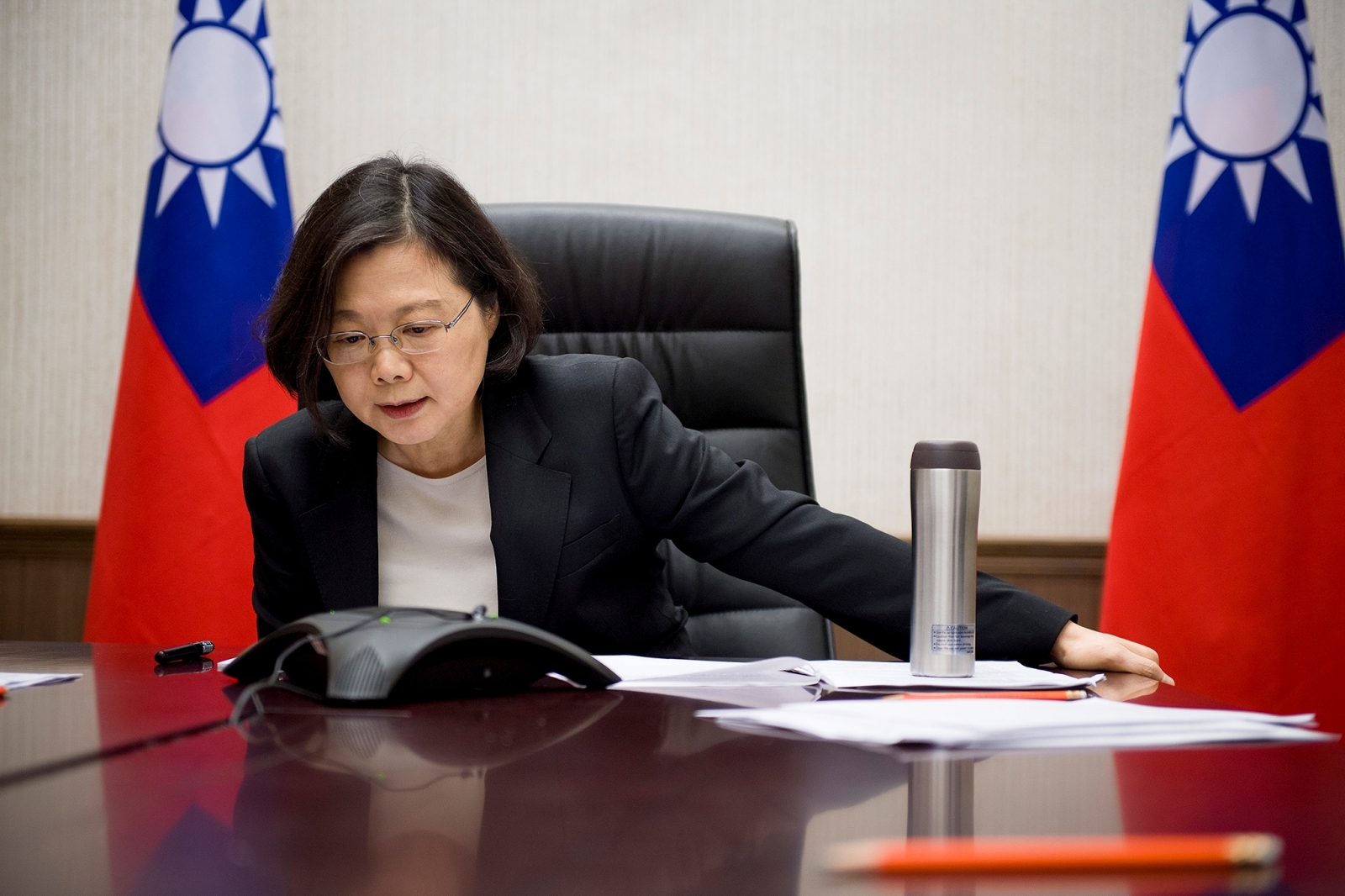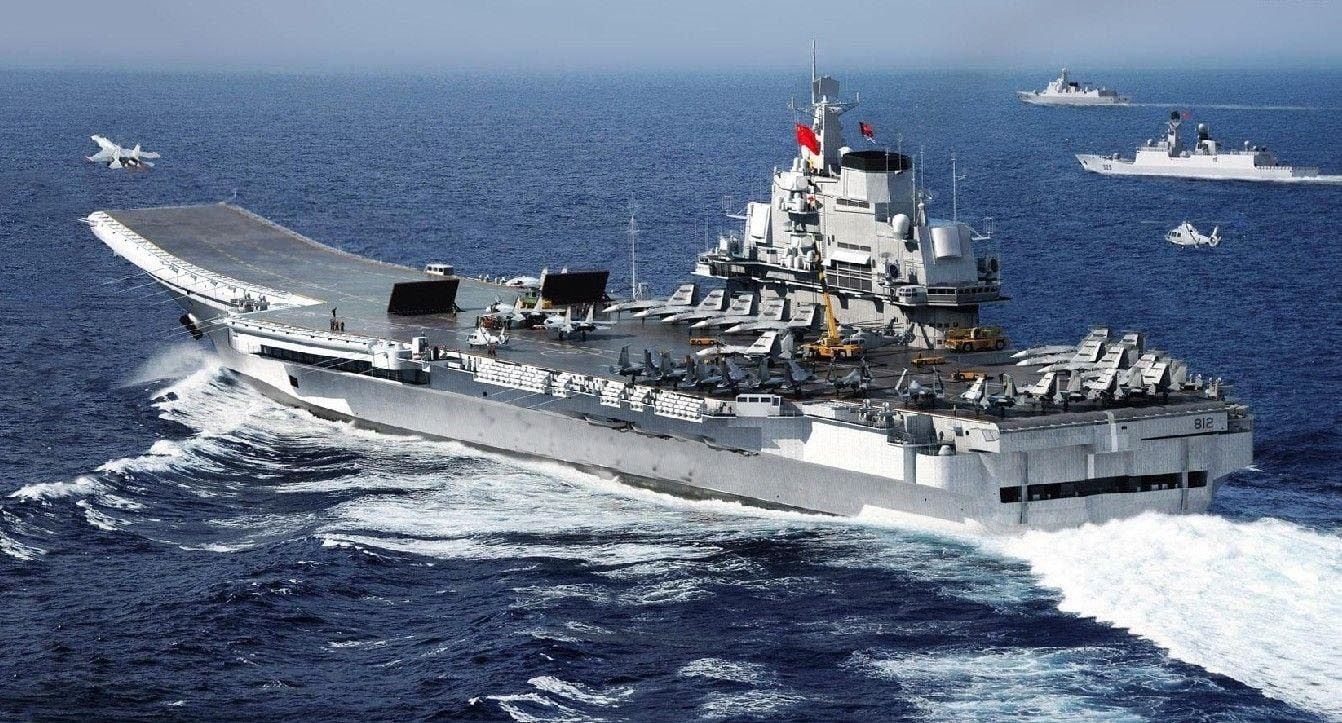BY JOHN WEEKS
Donald Trump’s telephone call with the president of Taiwan shortly after he won the vote to become the next president of the U.S. caused a diplomatic stir.
Some attributed it to Trump’s ignorance of diplomatic protocol—which is to officially ignore the existence of a Taiwanese government that’s independent of the mainland.
Others speculated that it signaled a radical shift in U.S. government policy in Asia as a whole.
The president has a long history of impetuous behavior, but this exchange with President Tsai Ing-wen was over 20 years in the making.
The president has a long history of impetuous behavior, but this exchange with President Tsai Ing-wen was over 20 years in the making.
Tension between the U.S. and Chinese governments has emerged and intensified as China’s economic might has grown.
Trump’s recent appointment of Peter Navarro, a polemical critic of China, as his adviser on industrial policy demonstrates that the call to Taiwan was no gaffe of a novice.
So Trump’s insult is not out of the blue.
So Trump’s insult is not out of the blue.
He was the messenger, but the source of the message lies in the reality of liberalized trade.
As the U.S. and China shall demonstrate, four decades of reducing regulations on commerce between countries results in the opposite—trade liberalization leads to trade wars.
The free trade scam
Advocates of liberalizing global trade argue that the “free” movement of goods yields benefits to all trading countries, promoting peace, harmony and cooperation.
The reality
A country cannot maintain economic stability and continuous trade deficits.
Political consequences
Trade imbalances generate trade wars, which are initiated by governments when those imbalances threaten domestic economic and political stability.
The free trade scam
Advocates of liberalizing global trade argue that the “free” movement of goods yields benefits to all trading countries, promoting peace, harmony and cooperation.
This argument has long been made.
British politician Norman Angell made the same case that trade among countries fosters peace among them in the early 20th century in his book The Great Illusion.
Just four years after it was published, the bloodiest war in human history began, fought among countries closely integrated through trade.
The benign story of free trade was wrong in the 20th century and it is still wrong in the 21st.
The benign story of free trade was wrong in the 20th century and it is still wrong in the 21st.
Its fallacy is basic and simple—not all countries do gain from trade.
On the contrary, among countries as within countries there are winners and losers, because market competition is a malign force.
The overwhelming majority of international trade occurs among corporate giants.
The overwhelming majority of international trade occurs among corporate giants.
Because of their size and political influence, economics and politics go together in the competitive struggle.
Far from a benign process that brings cheap products to the consumer, global competition generates cross-country tension as giant corporations enlist their political allies in the fight for market access.
The reality
A country cannot maintain economic stability and continuous trade deficits.
An excess of imports over exports implies a rising external debt by the public or private sector or both.
A government can service this in its own currency by borrowing from its central bank (in effect, borrowing from itself).
But this type of self-financing is not possible for the debt held in foreign currency.
As external debts increase, the cost of servicing them rises.
As external debts increase, the cost of servicing them rises.
Because the debtor must pay the creditor in international currency, foreign debt accumulation at some point requires that exports grow to close the trade deficit.
Since the end of World War II, the U.S. has enjoyed a unique advantage because the dollar has functioned as the most accepted currency for international exchange.
Since the end of World War II, the U.S. has enjoyed a unique advantage because the dollar has functioned as the most accepted currency for international exchange.
Governments of other countries hold U.S. dollars “in reserve” to clear their outstanding international obligations.
Plus, the U.S. dollar is typically viewed by businesses and governments as the safest depository for idle funds.
These motivations for foreigners to hold dollars mean that the U.S. government can accumulate an external debt far larger than any other government.
These motivations for foreigners to hold dollars mean that the U.S. government can accumulate an external debt far larger than any other government.
But even for the U.S,, debt accumulation has a limit.
Trade with China is shifting that limit from possibility to reality.
Trade with China is shifting that limit from possibility to reality.
Since China opened up its economy in the 1980s, Chinese exports to the U.S. have grown from a modest U.S. $14 billion in 1989 to almost U.S. $500 billion in 2015.
U.S. exports to China, meanwhile, grew by considerably less, reaching a peak of U.S. $164 billion in 2014 (for details see US Department of Commerce).
As a result, the U.S. trade deficit with China has risen to an annual average of well over U.S. $300 billion during 2011-2015.
As a result, the U.S. trade deficit with China has risen to an annual average of well over U.S. $300 billion during 2011-2015.
For the last decade, the negative balance with China accounted for more than half of the U.S. trade deficit when we exclude petroleum (as shown in the upper part of the chart below).
With a surplus so large, it comes as no surprise that China holds 15% of U.S. public debt not held by U.S. government agencies.
Since the early 2000s, the ratio of the U.S. trade deficit to GDP has exceeded the rate of growth of the economy.
With a surplus so large, it comes as no surprise that China holds 15% of U.S. public debt not held by U.S. government agencies.
Since the early 2000s, the ratio of the U.S. trade deficit to GDP has exceeded the rate of growth of the economy.
As long as this is the case, foreign debt will grow faster than the economy as a whole. Unprecedentedly low yields on public bonds—close to 0 percent—have kept the cost of servicing foreign debt manageable.
However, the head of the U.S. Federal Reserve, Janet Yellen, has warned of several interest rate increases for 2017.
However, the head of the U.S. Federal Reserve, Janet Yellen, has warned of several interest rate increases for 2017.
Should U.S. bond rates return to more typical levels in the range of 2-4 percent and the trade deficit persist where it has been for the last five years (3-4 percent of GDP), the combination would threaten the stability of the dollar and the U.S. economy itself.
Political consequences
Trade imbalances generate trade wars, which are initiated by governments when those imbalances threaten domestic economic and political stability.
The U.S. trade deficit results from the combination of many factors.
One of the more important ones is the domestic law that has facilitated the relocation of manufacturing abroad.
The non-sustainability of the U.S. trade deficit helps us understand the foreign policy of President Trump.
The non-sustainability of the U.S. trade deficit helps us understand the foreign policy of President Trump.
First, substantial success in narrowing the U.S. trade deficit requires reducing the imbalance with China.
In the short and medium-term, that means import restrictions, with the implied political conflict. Trump’s telephone call with the president of Taiwan is a signal to China of an intent to intensify that conflict.
Second, having alienated one great power, Trump needs a counter-balancing ally.
Second, having alienated one great power, Trump needs a counter-balancing ally.
Russia is the obvious candidate.
The person designated to be U.S. Secretary of State is a professed admirer of the Russian president, as is Trump himself.
The combination of conflict with China and friendship with Russia lay the ground for a return to a world order in which states seek to establish exclusive control over specific areas or “spheres of influence”.
The combination of conflict with China and friendship with Russia lay the ground for a return to a world order in which states seek to establish exclusive control over specific areas or “spheres of influence”.
Whether or not that happens, it is clear that the neoliberal economic dream of a harmonious world of free-flowing trade was a fleeting fantasy, inconsistent with the reality of global economic and political competition.







